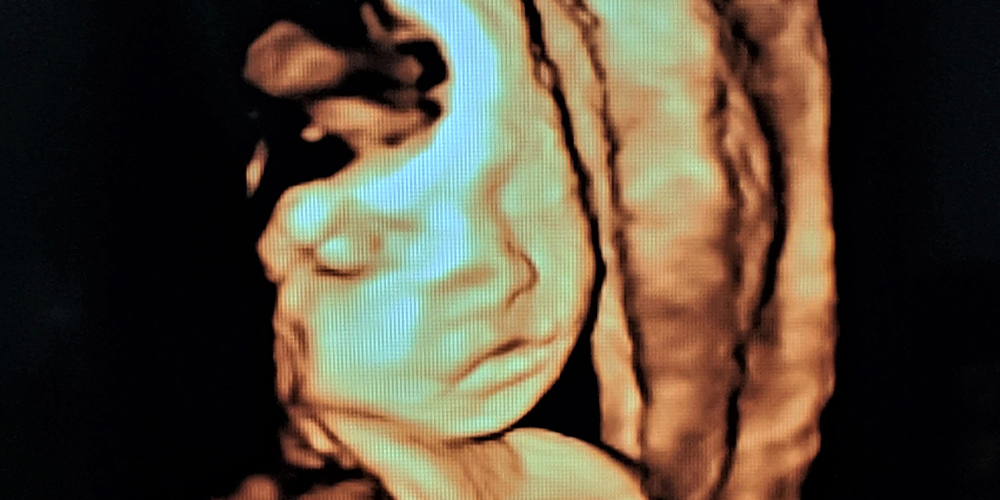weeks:
Dating
Scan
- Confirm baby’s due date
- Detect baby’s heartbeat
- Rule out ectopic pregnancy (pregnancy outside of the uterus)
weeks:
First Trimester
Scan
- Measure nuchal translucency (NT)
- Screen for risks of Down syndrome and other major trisomies, i.e. Edward and Patau syndromes by First Trimester Screening (FTS) or Noninvasive Prenatal Testing (NIPT)
- Screen for preeclampsia risk
weeks:
Anomaly
Scan
- Rule out several fetal and placental conditions
- Confirm normal physical and anatomical features within the limits of the scan
- Identify gender
- Measure cervical length to predict risks of preterm birth
- Measure uterine blood flow to evaluate risks of preeclampsia and growth restriction
weeks
onwards
- Obtain good 3D and 4D ultrasound images of the baby
weeks:
Third
Trimester
Scan
- Detect baby’s position, i.e. whether head is down, bum first (breech), or lying sideways (transverse), and assess fetal growth
- Check amniotic fluid volume and blood flow between baby and the placenta










